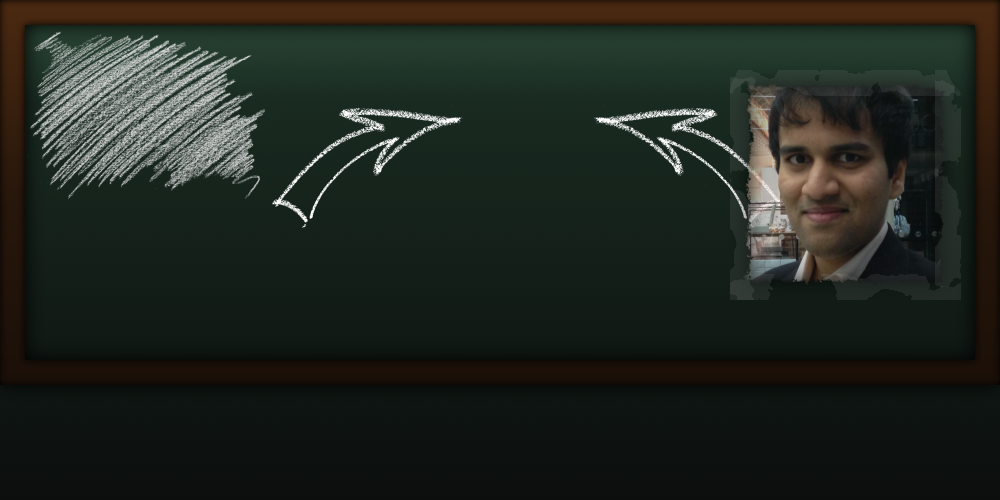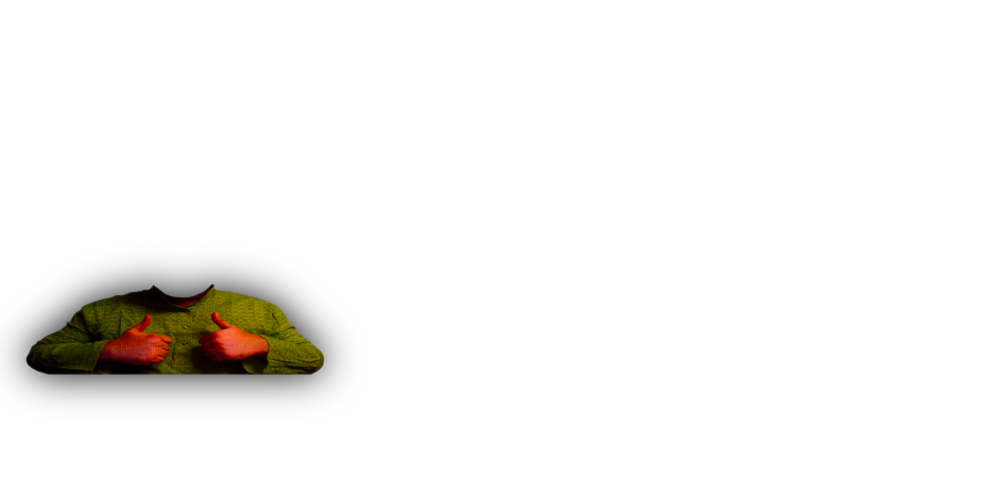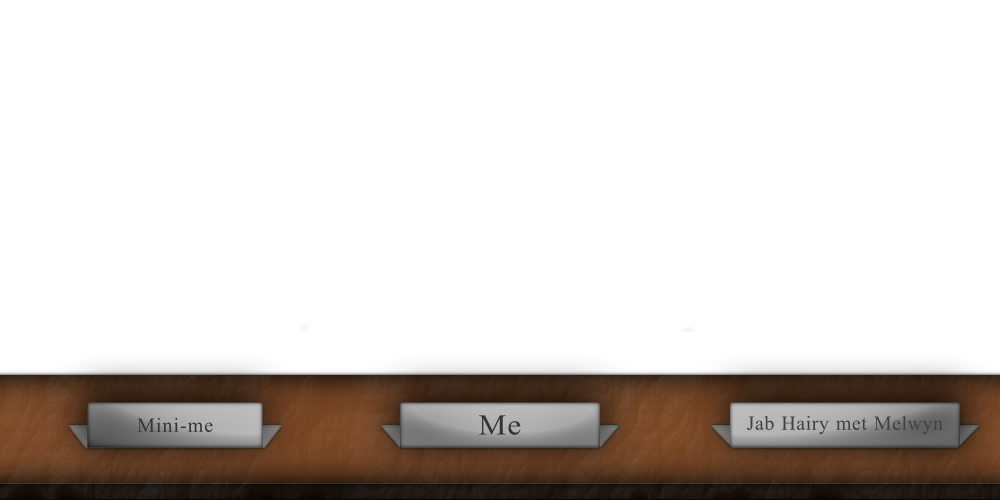











Mr. Melwyn Francis Carlo.
Although, my Higher Secondary Certificate (Grade 12- / A-Levels-equivalent) states:
Carlo Melwyn Francis William Austin Pius.
A male, hetero human of south-east Asian (specifically, Indian) origin.
Old enough to vote, but not enough to gloat.
In a metropolitan once called Bombay.
If you are a human being, then:
| 1. | English | (I can write a thesis in it) |
| 2. | Konkani | (It's my mother tongue, for quarrelling with my mother; using the Kannada ಕನ್ನಡ script) |
| 3. | Marathi | (It's my state/county language for local communication, via the Devanagari देवनागरी script) |
| 4. | Hindi | (It's my national language for collaborative communication, via the Devanagari देवनागरी script) |
| 5. | French | (J'ai appris un peu de français à l'école) |
| 6. | German | (Ich habe ein bisschen Deutsch auf Duolingo gelernt) |
| 1. | Ada | (Claimed to be run-time safe for use in critical systems like drones and missiles; and, also for Project Euler) |
| 2. | asm (assembly) | (It is an electronic device's honoured language; It helps you achieve exactly what you wish for, provided you are acquainted with the device intimately) |
| 3. | BIN (binary) | (It is an electronic device's mother tongue; need I say more?) |
| 4. | C | (It is an electronic device's liaison officer) |
| 5. | C++ | (It is a computer's second-best liaison officer) |
| 6. | Fortran | (To understand atmospheric models like COSPAR/CIRA, or aerodynamic stability and control models like USAF's Digital DATCOM; and, also for Project Euler) |
| 7. | HTML5–CSS–JS | (You can read and interact with all of this, thanks to the trio) |
| 8. | Java | (When you need a non-web-based, cross-platform application that is about as good as an EXE) |
| 9. | MATLAB | (An engineering course requirement; useful for engineers lazy-enough to NOT learn a real programming language) |
| 10. | PHP | (To create standard, dynamic, server-based web applications, which includes websites) |
| 11. | Python | (To get things done, complicated or not, asap) |
melwyncarlo@gmail.com
P.S. Spam-me-not!
By doing (impulsively) anything, really!
I am a bit of a promiscuous hobbyist.
And I always get away with it.
A food demon (Bakasura) makes no fuss.
Regardless,
Savoury farsan fixes up my leaky tung-tungs.
A large warm pot of gruel blankets up my tum-tums.
Apple keeps Doktor Medikaal Skool away

Can you drive-thru the tunnel?
Copyright © 2025 Melwyn Francis Carlo
Created using Bootstrap v5.3